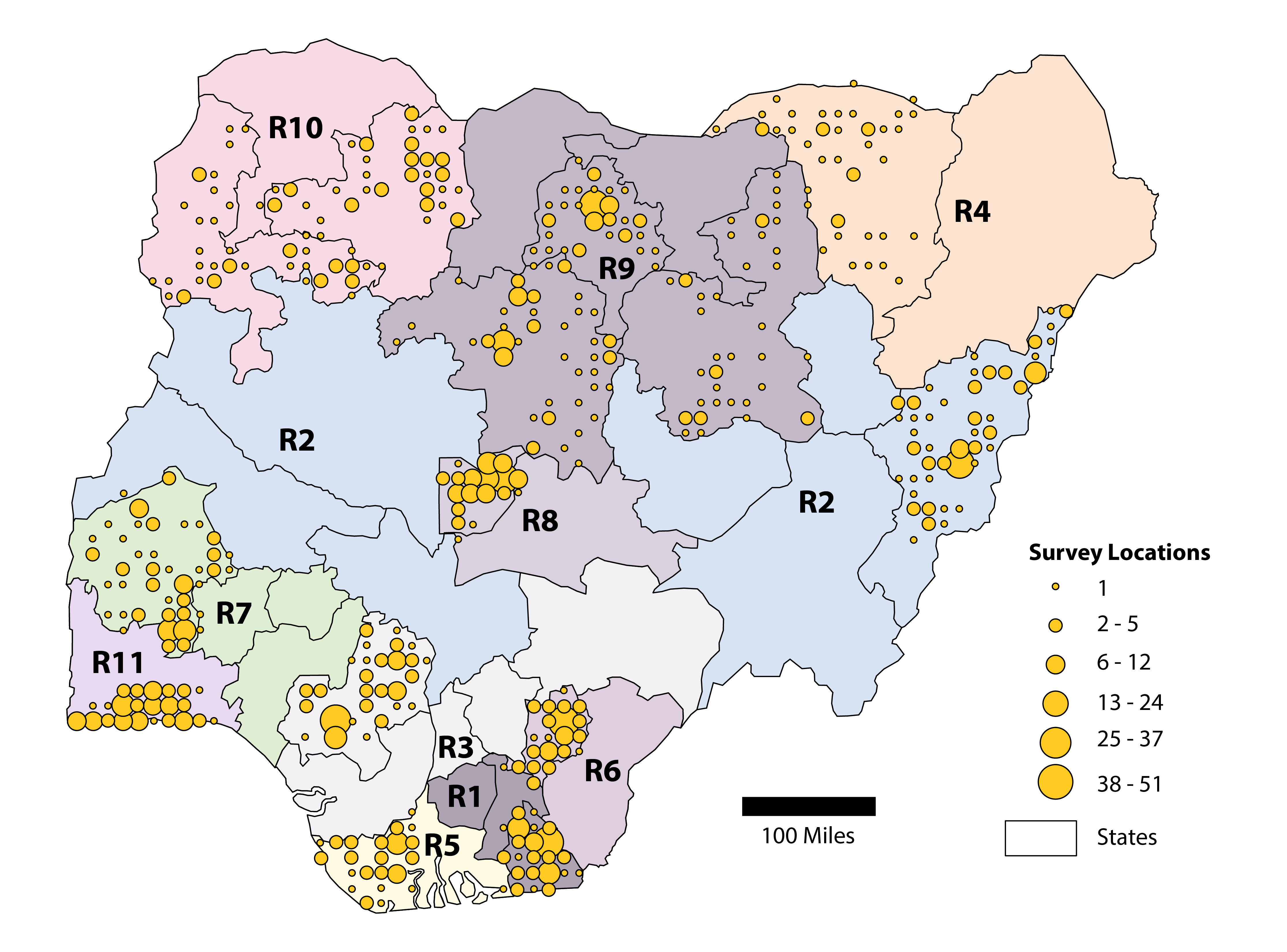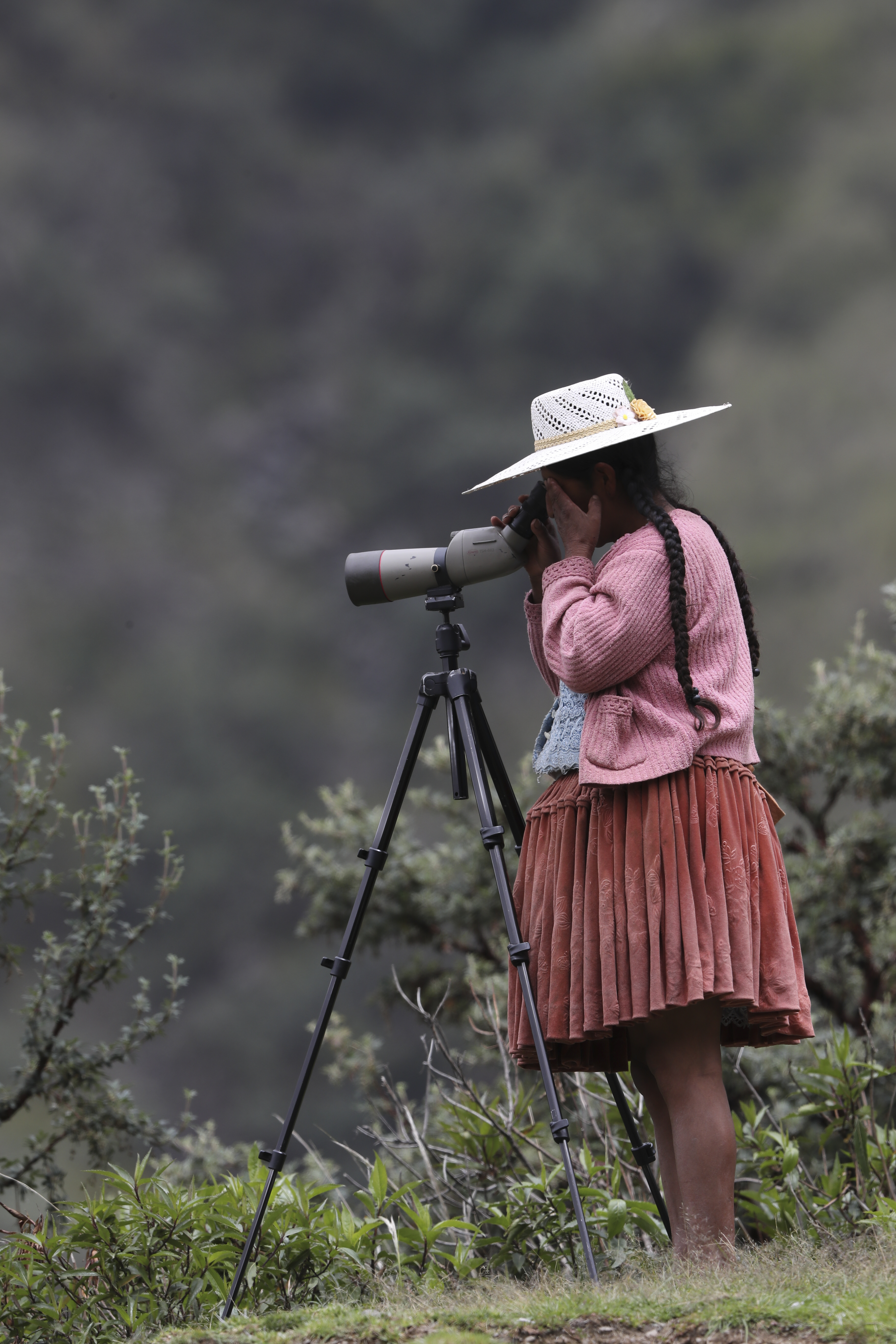In the next five years, the senior population in Canada is projected to exceed 9.5 million individuals, comprising approximately 23 per cent of the total population.

news, journals and articles from all over the world.

In the next five years, the senior population in Canada is projected to exceed 9.5 million individuals, comprising approximately 23 per cent of the total population.
New research shows that Antarctic blue whales are likely a single population, rather than several isolated populations — information that will help conservationists as the whales, the world’s largest animal, try to recover from historic lows due to 20th century whaling.
Accurate, high-temporal-resolution population data are critical for urban planning and emergency response as cities grow. Traditional population census data, with their slow update cycles, cannot meet these demands. Researchers from the State University of New York at Buffalo have developed a new framework that combines remote sensing and mobile phone data, producing monthly population maps down to the census block level, providing more detailed population insights.
The College of Population Studies, Chulalongkorn University, in collaboration with the Department of Older Persons (DOP) under the Ministry of Social Development and Human Security, organized an international conference and workshop on “Enhancing Well-Being by Realizing Family Dynamics and Promoting Intergenerational Solidarity for an Inclusive Society.

An environmental archaeologist at the University of Nebraska-Lincoln, Perdikaris maintains a research station on the Caribbean island of Barbuda where, despite the species’ status as national animal and cultural emblem, the fallow deer population could face extinction as a result of over-hunting and massive environmental destruction caused by Hurricane Irma in 2017.
How many relatives do Swedes have? And at what age is the family the largest? Researchers in demography at Stockholm University have found out in a new study.
In the United States, tens of millions of people live behind levees, but historically disadvantaged groups are more likely to live behind subpar levees and have fewer resources to maintain critical levee infrastructure, a new study reveals.
For the first time, researchers have estimated the Spotted Owl population across the entire Sierra Nevada ecosystem.
Migration is a complex and unpredictable phenomenon, often triggered by political crises, economic downturns, and natural or human-made disasters. A new policy brief and a White Paper authored by IIASA researchers and UK colleagues provides valuable insights and recommendations to support policymaking and increase understanding around the realistic implications of high-migration events.
China’s population decline, announced today. will continue to accelerate given the nation’s fertility and mortality trends, according to Johns Hopkins University sociologist Feinian Chen, who has extensively studied China’s aging population and health. “China’s recently adjusted three-child policy did little to boost…
Wild turkey populations are disappearing in many states and a West Virginia University researcher is working to find out why.

When states want to gauge quail populations, the process can be grueling, time-consuming and expensive. It means spending hours in the field listening for calls. Or leaving a recording device in the field to catch what sounds are made—only to spend hours later listening to that audio. Then, repeating this process until there’s enough information to start making population estimates.
But a new model developed by researchers at the University of Georgia aims to streamline this process. By using artificial intelligence to analyze terabytes of recordings for quail calls, the process gives wildlife managers the ability to gather the data they need in a matter of minutes.
A predicted population drop at the end of the century could be explained by stress from meaningless social interactions, according to a review article published in the Endocrine Society’s journal, Endocrinology.
Latest results from the 2020 Census show that Indiana’s population growth over the past decade largely was driven by gains in a handful of metropolitan areas and exclusively through gains among the state’s minority populations, according to analysis by the Indiana Business Research Center at Indiana University’s Kelley School of Business.
The European Research Council (ERC) will fund groundbreaking research led by IIASA World Population Program Deputy Director Raya Muttarak, which will comprehensively address the impacts of climate change on population dynamics.

ORNL story tips: Remote population counting, slowing corrosion and turning down the heat
Education and family planning have long been tied to lower fertility trends. But new research from the University of Washington analyzes those factors to determine, what accelerates a decline in otherwise high-fertility countries.
Research from the Kem C. Gardner Policy Institute shows Utah’s relatively young population is contributing to a lower COVID-19 death rate than the nation as a whole.

Ornithologists at the University of Utah say that community science bird data shows different trends in bird populations than professional bird surveys do, especially in developing countries. More observations are needed, the researchers say, both by birders and professionals.

Story tips from the Department of Energy’s Oak Ridge National Laboratory

A Rutgers engineer has created a mathematical model that accurately estimates the death toll linked to the COVID-19 pandemic in the United States and could be used around the world. The model, detailed in a study published in the journal Mathematics, predicted the death toll would eventually reach about 68,120 in the United States as a result of the SARS-CoV-2 coronavirus that causes COVID-19. That’s based on data available on April 28, and there was high confidence (99 percent) the expected death toll would be between 66,055 and 70,304.
Many people dream of comfortably living out their golden years. A new IIASA study however shows that older Europeans, and especially women, frequently underestimate how many years they have left, which could lead to costly decisions related to planning for their remaining life course.
Results of a new Saint Louis University survey showed that the Indian foreign-born population is the largest foreign-born population in the St. Louis region.

A mix of factors is involved in Chicago’s declining black population and others aren’t well defined, but inequality stands out as a leading element, according to a new report from the Institute for Research on Race and Public Policy at the University of Illinois at Chicago.

Imagine a device that could swiftly analyze microbes in oceans and other aquatic environments, revealing the health of these organisms – too tiny to be seen by the naked eye – and their response to threats to their ecosystems. Rutgers researchers have created just such a tool, a portable device that could be used to assess microbes, screen for antibiotic-resistant bacteria and analyze algae that live in coral reefs. Their work is published in the journal Scientific Reports.